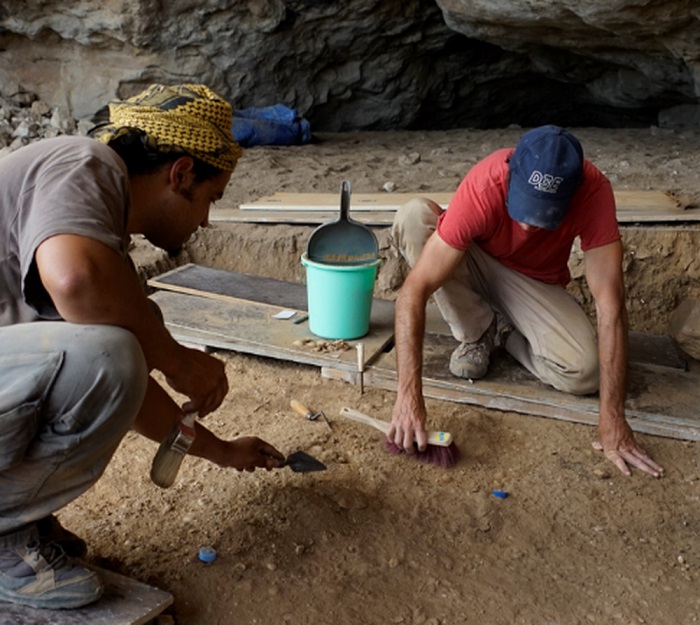The French mission, working alongside the Directorate General of Heritage and Tourism in Dhofar Governorate, has been delving into the rich history of human life along the Omani coastline. Through their project ‘Archaeology of the Arabian Seashores’, more than 400 sites have been uncovered, including the significant discovery of the “Natif Cave”, a site dating back to the Late Paleolithic era, approximately 10,350 – 10,700 BC. This cave, discovered in 2013, has provided valuable insights into the past through various excavations and studies conducted by the French team.
The excavation of the “Natif Cave” took place over several seasons between 2013 and 2016, with a revisit in 2024 to complete documentation and further explore the site. Evidence of human settlements dating back 10,000 years were unearthed, shedding light on the earliest fishing communities in the Arabian Peninsula. Among the discoveries were various artifacts, including the oldest known rope in the world, flint tools, beads, and frankincense pebbles. This treasure trove of findings offers a glimpse into the life and activities of ancient inhabitants along the Omani coastline.
The discovery of fish and turtle remains inside adjoining caves further supports the theory of a thriving fishing community that once inhabited the area. These findings not only provide valuable archaeological insights but also contribute to our understanding of the lifestyle and practices of early human civilizations in the region. The Natif Cave has emerged as a crucial site in the study of prehistoric societies in Oman and the wider Arabian Peninsula.
The collaboration between the French mission and local authorities in Dhofar Governorate underscores the importance of international cooperation in preserving and researching the rich cultural heritage of the region. By working together, researchers and experts are able to uncover new discoveries and share knowledge that helps build a more comprehensive understanding of the past. The archaeological findings from the Natif Cave are a testament to the significance of such partnerships in unlocking the mysteries of ancient civilizations.
The ongoing exploration of the Omani coastline by the French mission and the Directorate General of Heritage and Tourism highlights the enduring fascination with the region’s history and cultural heritage. As new sites are discovered and investigated, a more detailed picture of the evolution of human life in the area continues to emerge. The Natif Cave stands as a key landmark in this journey of discovery, offering valuable insights into the prehistoric past and the early inhabitants of the Arabian Peninsula.
In conclusion, the archaeological excavations at the Natif Cave in Oman have revealed a wealth of historical treasures that shed light on the early human settlements along the Arabian Seashores. Through the collaborative efforts of the French mission and local authorities, valuable artifacts and evidence have been unearthed, providing a glimpse into the ancient fishing communities that once thrived in the region. As further research is conducted and more sites are explored, the history of human life in Oman promises to reveal even more secrets and stories waiting to be uncovered.











